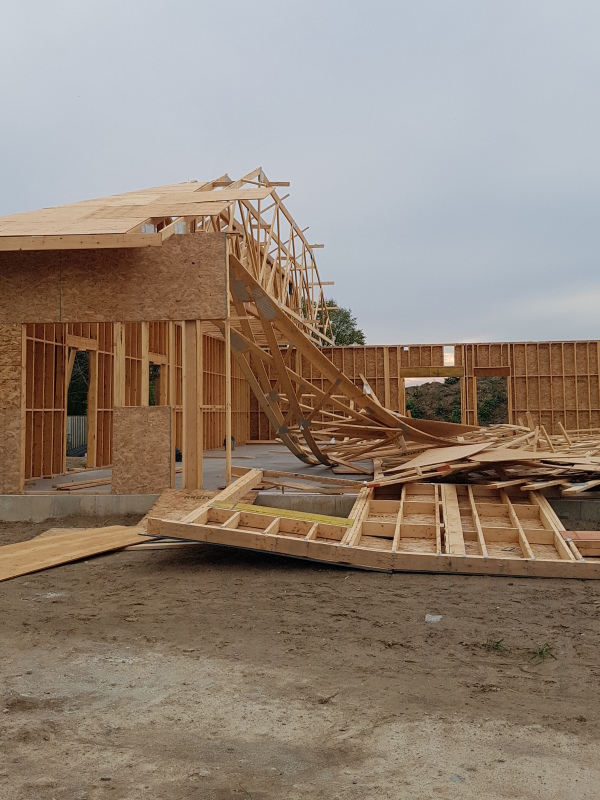

It needs meticulous mixing, casting and curing, all of which affect the final strength of the member.Less skilled labors are required for erection as compared to other structural systems.ĭisadvantages of Framed Concrete Structure.By using steel in concrete the cross-sectional dimension would get reduced.The yield strength of steel is about 15 times the compressive strength of structural concrete and well over 100 times its tensile strength.It yields rigid members with minimum deflection.

It can be cast to any shape required, making it the most economical structural material.In some structures like piers, dams, and footings, it is the most economical structural material.It has a long service life with low maintenance cost.Its resistance to fire is better than steel so it is capable of resisting fire for a longer time.Besides, the structure is good in tension as well. It is good in compression when compared to the other materials used for construction.They are the vertical members which carry the loads from the beam and upper columns and transfer it to the footings.įig 7: Elevator Shaft in Framed Structure. Columns in Framed StructureĬolumns are an important structural member of a frame building. Major Parts of Concrete Frame Construction 1. Braced structural frames are more efficient than the rigid structural frame. The structure is braced by inserting diagonal structural members into the rectangular areas of a structural frame. This frame structure resists lateral forces by the bracing action of diagonal members used to resist the sideways forces. The advantage of a rigid frame is that they feature positive and negative bending moments throughout the structure due to the interaction of walls, beams, and slabs. They provide more stability and resist rotations effectively.

These frames are built at the site and may or may not be poured monolithically.


 0 kommentar(er)
0 kommentar(er)
